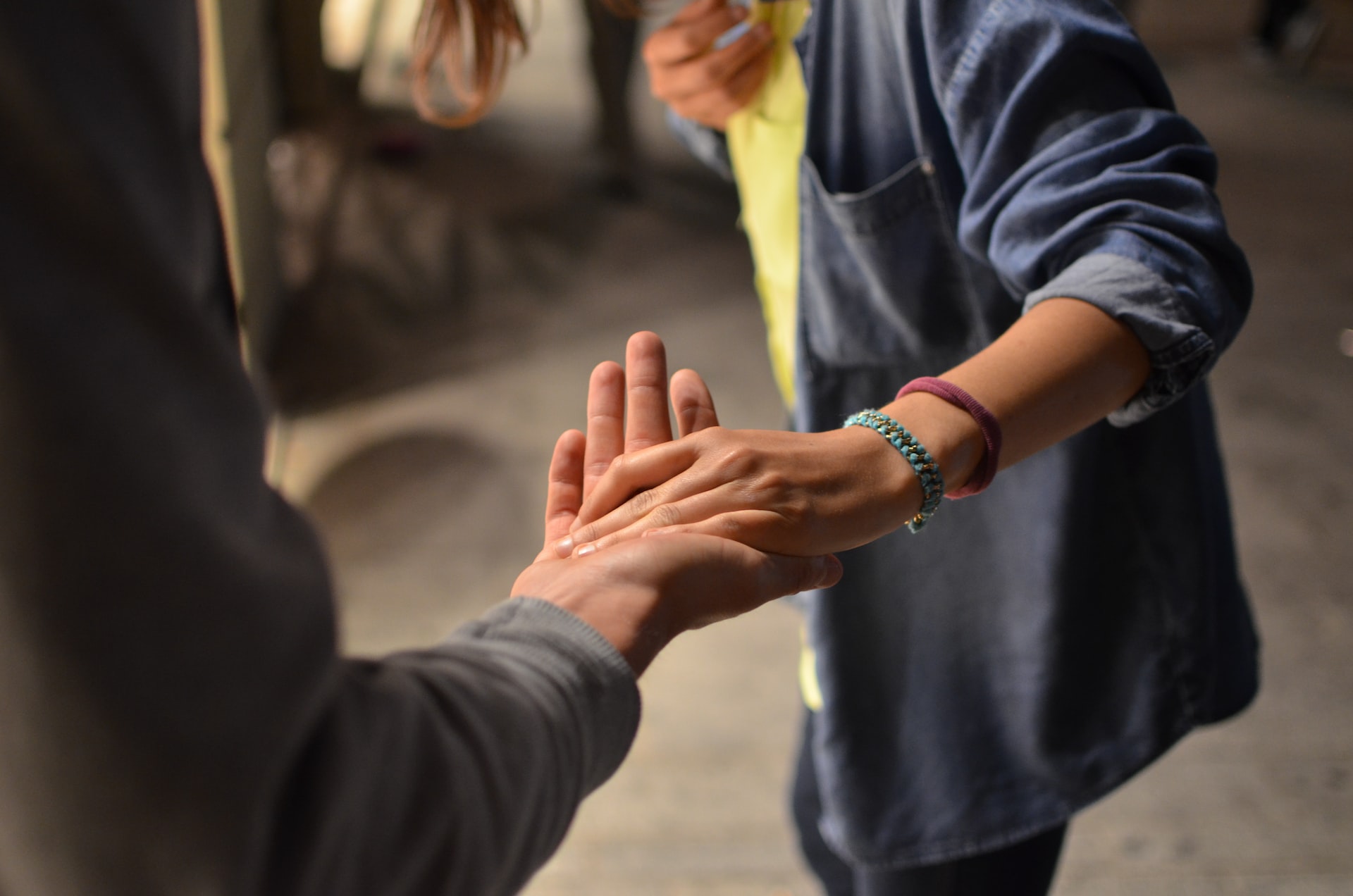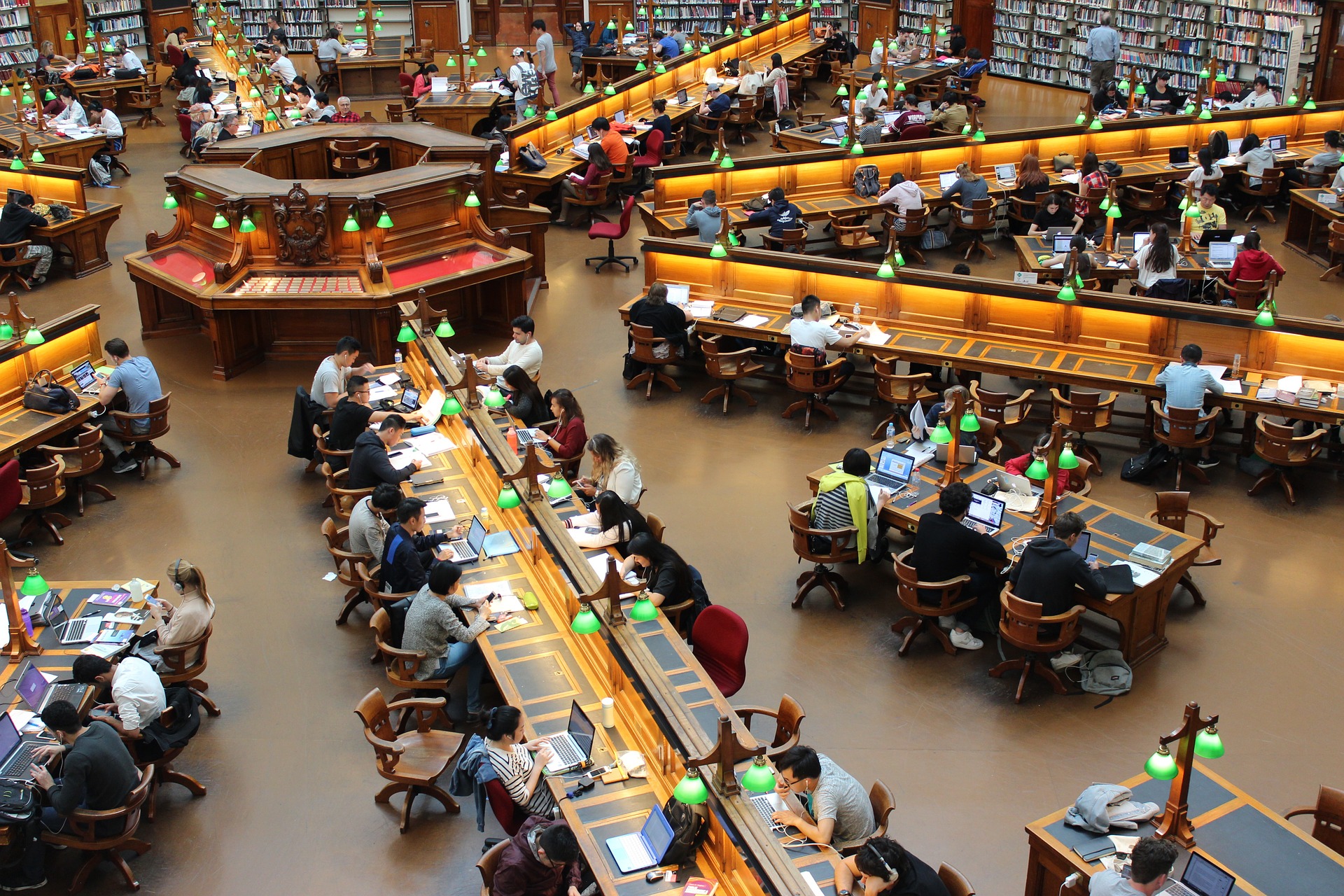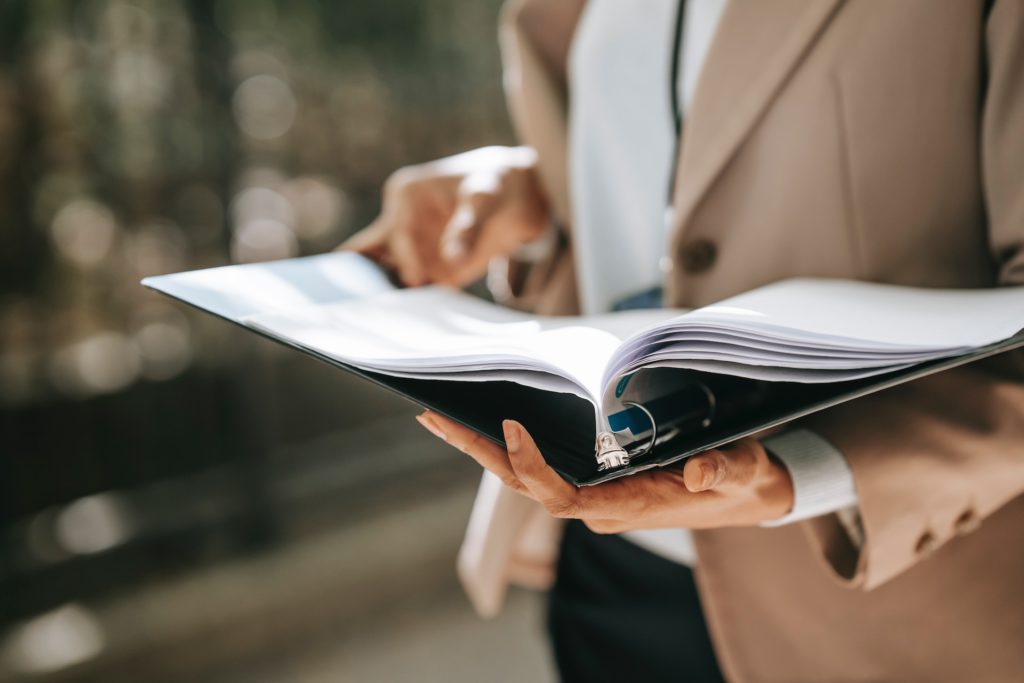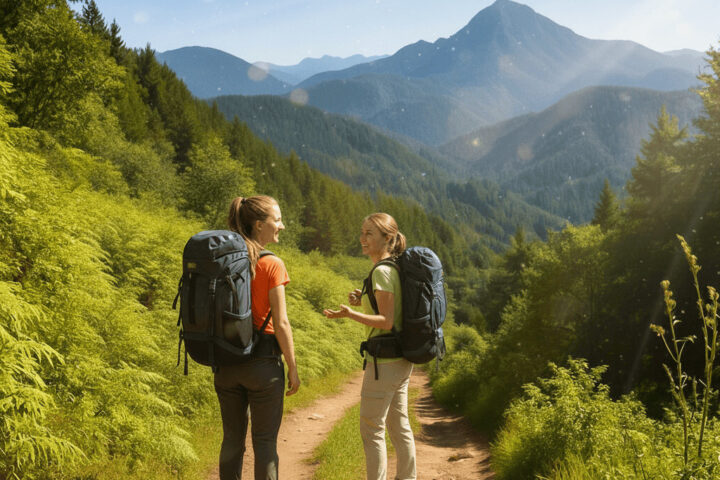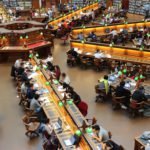During the height of the pandemic, one Wisconsin community came together to support each other on their own. In the older industrial city of Menasha, a neighborhood of some 800 households organized to help each other through a whole range of challenges. They did so without any formal face-to-face meetings, with only one Zoom gathering, and without leaning on any outside organizations. What they accomplished shows the power of community.
Building connection
Menasha residents in this neighborhood created a sense of connection by discovering each other’s skills and resources, learning about neighbors in need, and working together. They held an outdoor “jump-around” block party that then evolved into a safely distanced, extended parade of residents and neighbor-owned classic cars.On New Year’s Eve, they held an outdoor party in the local park, ringing in the New Year and sharing resolutions. To recognize and honor essential workers in the community, they tied blue ribbons around trees along their streets. They set up a phone tree to check on neighbors in need. Instead of leaning on an outside support network, they created one that was stronger, more responsive, and more resilient, held together with the power of shared connection.
Easing food scarcity
The neighborhood’s residents saw how some locals and families were suffering from food insecurity, and took it upon themselves to fix the problem Among their actions were creating and stocking two large community food pantries — and convincing six local businesses to do a candy bar fundraiser that raised the money to help keep the pantries full. After the annual national Boy Scout food drive was cancelled, families of the local troop organized a neighborhood food drive with contributions from nearly one hundred local residents. And a donation of some 200 loaves of bread was parlayed into a distribution program.
Connectorship in action
All these events materialized without the formal structure of multiple face-to-face or online planning meetings. Instead, they were based on another foundation: connectorship. Every neighborhood has residents we call connectors, who are naturally good at getting to know their neighbors and bringing everyone together. A group of connectors in a neighborhood constitutes a connectorship — and in the case of this Menasha neighborhood, they reflected the best of what happens when a community comes together and takes action.
Community’s 3 key elements
Studying the power of community, we’ve found that it depends not on an obvious structure or order, but on three critical elements, commonality, individual capacities, and connectivity:
- Commonality — Regardless of any differences or disagreements that exist among the residents of a neighborhood, they also share something in common, even if it’s a crisis, like the pandemic, or a fear, such as the threat of gentrification. Or they may all simply love where they live and share a desire to enjoy, celebrate, and entertain there, and make it an even better place to live. But they connect to each other on this common ground.
- Individual Capacities —The core of every neighbor’s sense of self-worth is their belief that they have a special and significant gift, talent, skill, or knowledge that they are willing and waiting to draw on to make a contribution to their community. These capacities are the connectors’ basic community-building tools.
- Connectivity —Connectivity is what brings residents’ capacities to life. When connectors bring together neighbors by revealing and activating their capacities, power is created, citizenship emerges, and democracy is lived.
The way the people in this Menasha neighborhood safely and creatively responded to the unique challenges of COVID-19, especially loneliness, is a lesson for us all. Too often in today’s world, people feel a sense of powerlessness, and despair in the face of giant seemingly insurmountable challenges, from climate change to polarization. But local actions can bring a greater sense of health and well-being to any community — and remind us of the power of connection.
Author Bios
Cormac Russell is a veteran practitioner of asset-based community development (ABCD) with experience in 36 countries. A social explorer, author, speaker, and managing director of Nurture Development, he sits on the faculty of the Asset-Based Community Development (ABCD) Institute, at DePaul University, Chicago.
John McKnight is cofounder of the Asset-Based Community Development Institute, a Senior Associate at the Kettering Foundation, and sits on the board of a number of community development organizations. Russell and McKnight coauthored The Connected Community: Discovering the Health, Wealth, and Power of Neighborhoods.


